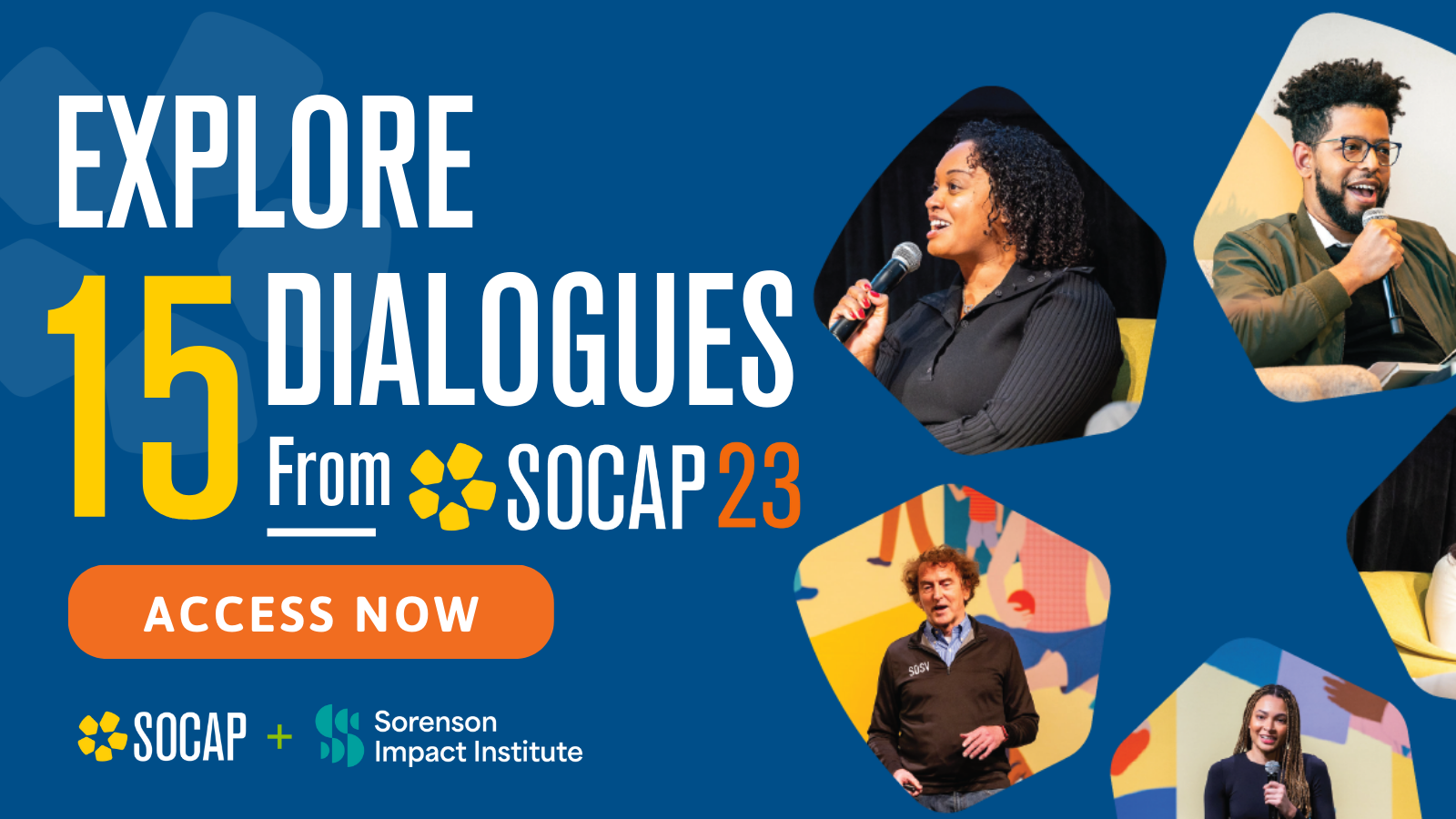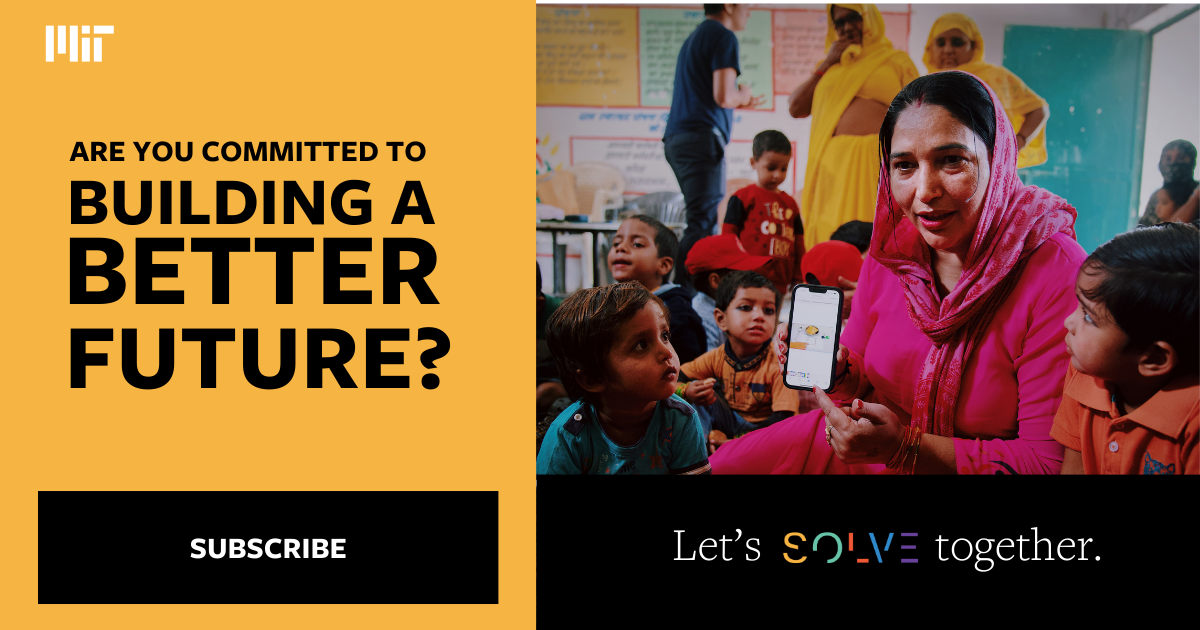The mantra of the Divest-Invest movement is simple: get your money out of the bad stuff (tobacco, arms, fossil fuels, businesses invested in conflict) and put it to work in the good stuff (renewable energy, healthcare innovation, social enterprises). History tells us that divestments happen in three waves. First, churches and environmental organizations become early champions, then universities and public institutions gradually follow suit. Finally, the broader public begins to embrace the new way of doing things. This is what happened with the divestment from tobacco and from arms companies connected to Apartheid-era South Africa, and now it’s happening with fossil fuels.
The current landscape
If yesterday’s divestment target was tobacco, today’s is fossil fuels. Fossil-free portfolios made up just a small percentage of my wealth management firm’s business when we introduced them four years ago. Now, they make up the fastest-growing segment of the company, and we have the data to back up our assertion that a low-carbon portfolio can outperform its high-carbon counterpart. As happened with tobacco and Apartheid, churches and environmental organizations began divesting from fossil fuels first, starting with the United Church in 2013. In late 2016, 303 faith leaders from 58 countries signed an agreement to divest. Over the same period, green organizations that aren’t transparent about energy investments have been under increasing scrutiny.
Meanwhile, recent divestment pledges from several universities — Hampshire College and Laval University are two examples — and widespread pro-divestment demonstrations by student groups all over North America announced the arrival of the second wave of fossil-fuel divestment. Organizations in this wave — foundations, municipalities, and other universities — are assessing whether divesting is financially viable and discovering not only that it is, but that it’s prudent from a risk and reward perspective.
The third and final wave will be made up of pension plans, banks, and global investors. While slower to change (because of their fiduciary duty, pensions tend to divest only once the financial advantages have been widely accepted by the investment community), even these groups will be persuaded to adopt fossil-free investing as awareness grows and products become widely available. Five years from now, we may not need to differentiate our fossil-free portfolio because it will be the standard rather than the exception.
Looking ahead
While one movement gradually approaches its peak, another is just beginning to gain momentum; I predict that tomorrow’s divestment target will be companies that prioritize profit at the expense of people and the planet. The Roman Catholic Church recently announced it would earmark $1 billion of its funds for impact investments, a subfield of the Divest-Invest movement that concerns itself not just with removing money from what’s bad, but proactively seeks to invest in more of the good stuff: companies that are contributing to a better world, or at least having a net-positive impact while also providing lucrative returns for shareholders. The church’s move is said to be inspired by the pope but driven by humanitarian organizations within, and a cash influx of this magnitude has the potential to transform the impact investment space. With universities being the birthplace of so many innovations, and students being an engaged and vocal population, it won’t be long before universities, both state and private, are setting institutional impact-investing standards.
Though impact investing’s third wave, mainstream adoption, is a long way off yet, wealthy families are already setting the stage for it now. Millennials in this group will be the beneficiaries of a massive wealth transfer from their Boomer parents, and their concerns are greater (and more grave) than simple wealth management. They want their money to go to work improving some of the world’s most pressing social and environmental issues.
The challenge for their wealth managers is to identify the top companies in this space and know the standard by which to measure them. Sustainalytics, a research firm, provides a tool for benchmarking a company’s environmental, social, and governance (ESG) rankings. Other organizations provide valuable insights to impact investors, including the Global Impact Investing Network (GIIN); networks that connect social innovators with capital, like MaRS; and advisory firms like Purpose Capital that connect would-be impact investors with advisors. We work with organizations like this to develop investment solutions for a changing world.
Our hope
Climate change is becoming an ever more present and pressing issue. Extreme weather events such as the 2017 hurricanes are a harsh reminder of the challenges facing us. As the second wave of divestment movements gathers momentum and the growth of impact investing accelerates, I’m encouraged to think how investors can drive change and contribute to a more sustainable world. A simple first step: talk to your financial advisor about aligning your personal or business investments with your values. As demand increases, so will the number of impact investing options.







